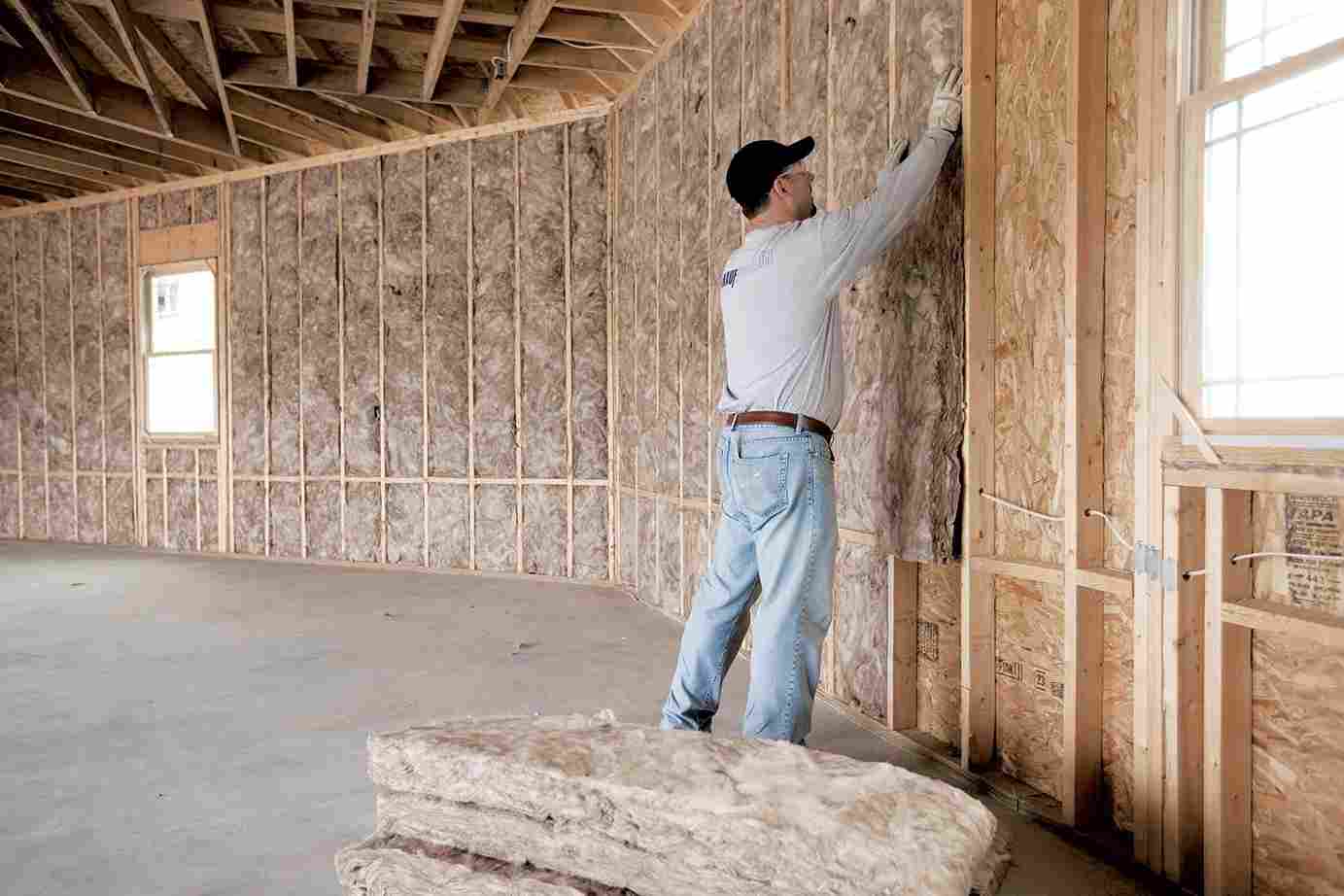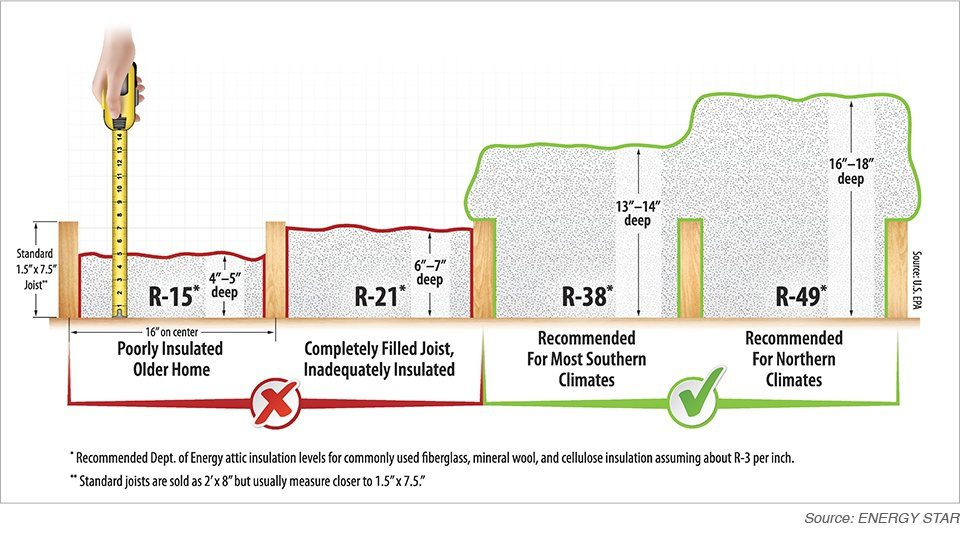Understanding R-Value: How Insulation Performance is Measured

Do you ever wonder why your home always feels drafty in winter? Or why do your energy bills rise steadily year after year? The answer might lie with the insulation of your home.
Insulation can make a huge difference when it comes to comfort and energy efficiency, and one of the critical measurements for understanding how well any given insulation product performs is its R-value. But what exactly does this rating mean, and how can you figure out which insulation type and thickness is best for your home? Let’s learn more about this important aspect of your home’s insulation.
What Is R-Value?

R-value is a measure of how well insulation can resist the flow of heat through it. The higher the R-value, the better the insulation’s performance. It is expressed as an “R” followed by a number; for example, R-13 or R-30. The U.S. Department of Energy developed this rating system, which is now used to measure the effectiveness of insulation products worldwide.
What’s more, the R-value of insulation also depends on how thick it is. The thicker the product, the higher the R-value rating. This means that if you want to achieve maximum performance from your insulation, you need to install products with a high R-value in addition to selecting ones with enough thickness for the job. Generally, thicker insulation offers better performance than thinner types do.
How To Choose Insulation Based On Your Needs
When selecting insulation, you should consider both the climate of your area and the purpose of the area in question. For example, if you live in an especially cold region, you may want to invest in higher R-value insulation. On the other hand, if you’re looking for a solution for your attic or garage, it’s best to select an insulation product that will provide adequate coverage without adding too much bulk.
For combination products like radiant barriers and reflective foils, you should also consider the vapor permeance rating (the amount of water vapor that can pass through the product). This can help you determine which type of insulation is best for climate control in your home.
Types of Insulation and Their R-Value
In the vast universe of insulation options, choosing the right fit for your home can be daunting. The R-value is one of the most vital aspects to consider, but the type of insulation material also plays a substantial role in its overall performance.
Each type has different properties that make it more or less suitable for certain uses. In the following section, we’ll delve into the most common types of insulation and their respective R-values to help you make the best choice for your needs.
Spray Foam Insulation: Spray foam insulation is a popular and effective choice due to its relatively high R-value and thermal performance. It is best to leave spray foam insulation to professionals such as iFOAM, who will ensure the process is done correctly.
Batt Insulation: Offering a low R-value per inch, batt insulation is often used as a cheaper option for insulating walls and ceilings. It’s also much easier to install than spray foam, so it makes an ideal choice for DIY projects.
Loose-Fill Insulation: Like batt insulation, loose-fill insulation offers a low R-value per inch and is fairly easy to install. It’s commonly used in attics and is a great choice for areas with irregular shapes and hard-to-reach spots.
Fiberglass Insulation: Fiberglass insulation is relatively affordable and has good R-value ratings depending on its thickness. It’s also fire-resistant—a major safety bonus!
Conclusion
Remember to also check with your local building department to make sure you’re meeting the required standards for insulation installation. With a bit of knowledge, perhaps a consultation with a professional, and some careful planning, you can find an efficient, cost-effective way to keep your home comfortable all year round!

